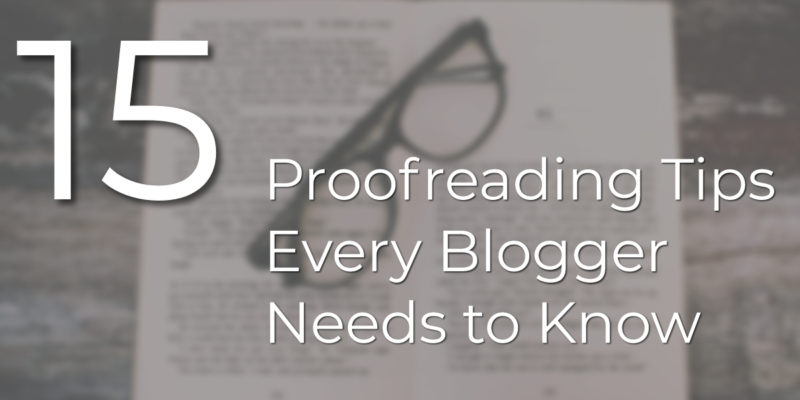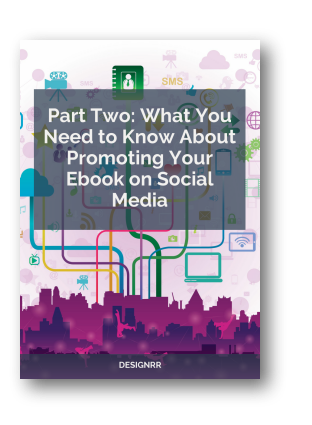It’s surprising to see people spending less time proofreading their work. Proofreading is a crucial step that should not be overlooked. The misconception that proofreading is not an essential step in content preparation is the primary reason why there are many erroneous copies out there. Simple mistakes you did not take time to rectify could also be a reason why you are still unemployed; your content does not convert, and so on.
There are many ways in which proofreading does pay off. With that in mind, this post takes you through some of the ways you can best proofread your WordPress blog, video transcription or podcast transcription. Ready to learn more? Let’s get started, shall we?

1. Stay focused
It is wrong to think proofreading requires less attention. To remove every single mistake, you need to prepare your mind in advance. Let your entire body know it is time to proofreading. Trying to focus on other things as you revise will only make your work worse, not better. The best idea is to get rid of other distractors likely to corrupt your attention.
2. Take a break and come back to it
Avoid rushing, take a small break, and come back to it. You may be worn out after writing a lengthy blog post. Go out and get some fresh air, and then come back refreshed and ready to clean up your work. There is no standard time about the length of your break, but the sooner you can resume, the better.
When relaxed, it is possible to pay keen attention to punctuation, sentence structure, propositions, headings, lists, and contractions. Some of these things are very easy to miss when tired. For example, you may fail to note misplaced punctuation or proposition if you decide to go through your work while your head is still heavy. Tools like Google Ngram Viewer or Capitalize My Title can make your work easier. Try them next time before uploading your content.
3. Use online resources
Today there are various ways you can proofread your work online. Consider tools like Grammarly, Gingerly Sofrware and other proofreading software that are designed to detect plagiarism, grammatical errors, sentence structures, and so on. Using such tools make your job easier.
4. Remember to double-check your names, facts, and places
Making sure everything is well captured is very crucial; otherwise, you may end up sending a different picture. For example, consider a scenario where you decide to use figures to demonstrate something and you accidentally entered something different. Automatically your work will be misleading. Going back and double-checking helps keep your work clean and accurate.
5. Try reading it backward
It may seem crazy to do this, but actually, it does pay off. Well, there is no flow reading backward, but this allows concentrating on each individual word at a time. Keep in mind doing this requires more time, which means you have enough time to focus on every single word. If you decide to consider this option, it is a good idea to complete your work earlier.

6. Do it in stages
This is a good idea if revising a length article. Consider breaking down your piece into different sections. Doing this gives you enough time to concentrate. There is no need to hurry if reading a lengthy article is a problem.
Reading in stages is also an excellent option when you know you have a problem of misspelling specific words. For example, “here and her” are two words you can easily misspell, yet your content editor will not highlight them as errors. You can utilize a tool like Hemingway Editor at this time to make your work easier.
7. Ask someone for help
It is highly likely someone else will see those mistakes you have missed. This is always true in most cases. How many times have you gone through a piece prepared by an expert and noted a few errors? Probably many times. You are not an exemption. It is possible to miss mistakes that could send a bad picture of your brand. Having an expert go through your work is an excellent way to clean it up.
8. Check your formatting
Not spacing your paragraphs well or indenting them can make your work look noisy. Professionally, your content should look attractive at first sight. So, make sure to go back and double-check your formatting.
9. Do it in the morning
It is common to feel more fresh in the morning, unless you are having a rough time. That time you feel relaxed and before focusing on something else is the right time to go through your post. Concentrating on other things and later shifting to proofreading will only increase the chances of missing critical errors.
10. Slow things down
Even when in a hurry, make sure to give yourself enough time to go through your work. You can follow along with your mouse or finger. Doing this allows you to point at each word as you read, increasing your proofreading accuracy.
11. Decipher your weakness
Naturally, some of us have a problem with a few words. For example, some people cannot tell when to use too or to. Understanding your weakness can help avoid simple to complex mistakes likely to taint your reputation. Consider even noting down a list of all words you often confuse.

12. Change the font
You have probably used the same font all along, and everything seems normal to you. Why not change the font and see if you can note something you did not see? A change of font can make you see something you did not see earlier. Using a font that is well-spaced may help locate those words joined erroneously.
13. Avoid last minutes changes
Sometimes the need to make changes a few minutes before the deadlines can arise. Although making some of those changes is justifiable, this adds an extra task for you to do at the end. That task being going back to read the entire piece to make sure everything now blends well. Imagine such a small change forcing you to go back and read a lengthy paragraph, yet you are running out of time! Chances are, you will end up publishing a low-quality piece.
14. Read it out loud
Sometimes, it’s a good idea to slip into the shoes of your audience. Now instead of reading silently, do this out loud to get a feeling similar to that your readers will have. Often, if you read your post aloud, it becomes possible to pick areas that need improvements.
15. Remember to acknowledge
Plagiarism is not acceptable. Acknowledging other people’s work is an excellent way of making sure every piece professionally fits. You can even write to owners of content you plan to use in advance to avoid getting yourself in trouble.
In conclusion
Proofreading your work is something you need to consider very seriously before publishing. The above are some of the best methods you may want to consider to take your proofreading skills to a higher level. Try them next time and witness how enjoyable it is to proofread WordPress blogs.




